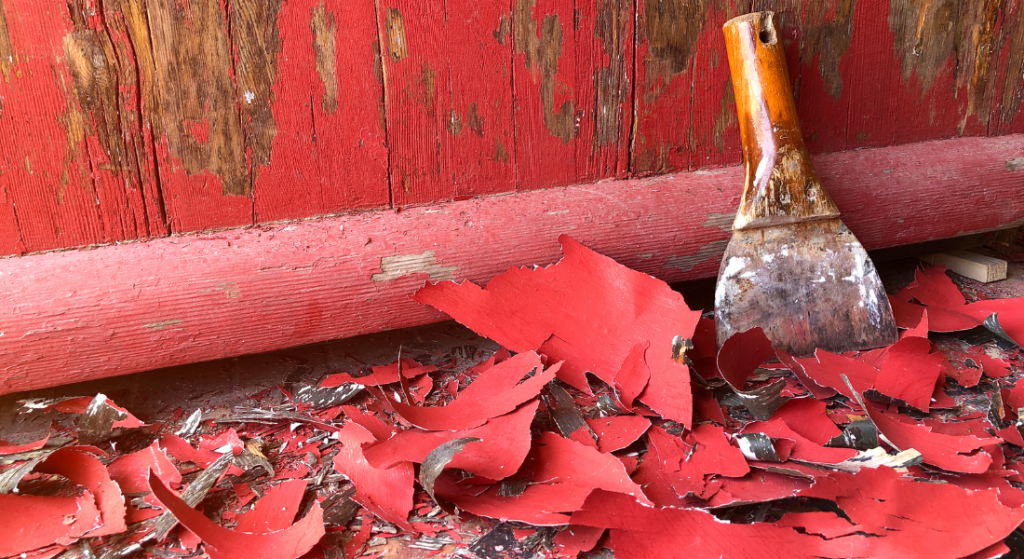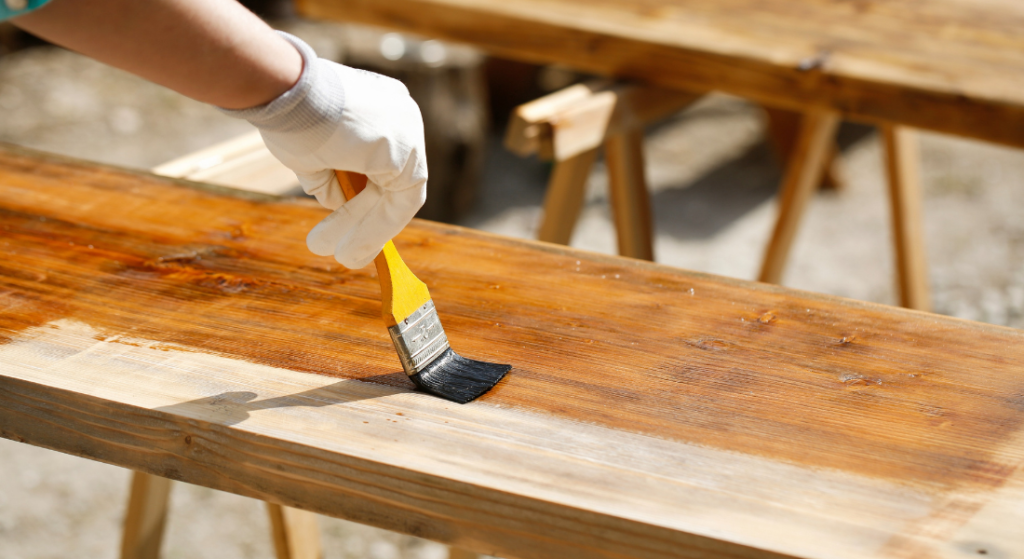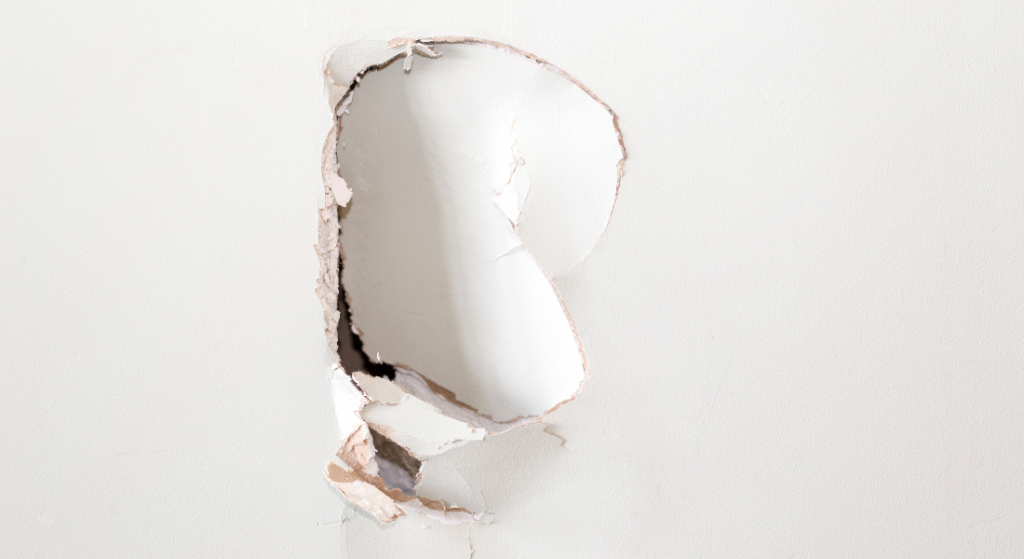There are so many things to think about when redecorating a room – the paint color, the furniture, the accessories. But too often, people forget about one of the most important elements of any room: the wallpaper. Wallpaper can make or break a space, so it’s important to choose wisely. So, what’s the best material for wallpaper? Keep reading for our guide.
Introduction Of Wallpaper
The word “wallpaper” comes from the Middle English word “wallepapere,” which derives from the Old French word “walerpapier.” Wallpaper has been popular for centuries, and it reached its peak in the Victorian era when homes were filled with intensely patterned and colored papers. But by the early 20th century, wallpaper fell out of favor as people began to prefer painted walls.
In recent years, however, wallpaper has made a comeback. And now there are more options than ever when it comes to materials, colors, patterns, and textures. Whether you’re looking for something traditional or modern, there’s a wallpaper out there that’s perfect for your space.
There are three main types of wallpaper material: paper, vinyl, and fabric. Each has its advantages and disadvantages, so it’s important to choose the right one for your needs.
Why Use Wallpaper?
Wallpaper has several advantages over other types of wall coverings.
- First, it’s much easier to install than tile or stone and can be done by a novice DIYer. Wallpaper also doesn’t require any grouting or special tools, making it a faster and less messy option.
- Another advantage of wallpaper is that it’s much more forgiving than paint. If you make a mistake when hanging wallpaper, you can simply peel it off and start over. With paint, you’ll have to sand down the entire wall and start from scratch.
- Wallpaper is also a great way to add texture, color, and pattern to a space. Paint can do this to some extent, but it’s much more difficult to achieve the same effect. With wallpaper, you can easily create a bold or subtle look, depending on your preferences.
- Some wallpapers are even made to mimic other materials, such as wood or stone. This can be a great way to add interest to a space without having to use the real thing.
- Wallpaper is much more durable than paint and can last for years with proper care. Paint will eventually chip and fade, but wallpaper will stay looking new for a long time.
Best Material For Wallpapers
When it comes to choosing the best material for wallpaper, there are a few things to consider. First, think about the look you’re going for. Do you want something traditional or modern? Patterned wallpaper or solid? Textured or smooth? Peel and stick wallpaper?
You also need to think about where the wallpaper will be hung. A bathroom or kitchen, for example, will require a different type of wallpaper than a living room or bedroom.
And finally, you need to think about your budget. Wallpaper can range in price from very cheap to very expensive, so it’s important to know what you’re willing to spend before you start shopping.
Here are some best materials for wallpaper according to the different needs:
Liner Wallpaper
Liner wallpaper is a type of paper that’s made to be hung over another type of wallpaper. It’s usually white or off-white and has a slightly rough surface.
Liner wallpaper is typically used in two situations. The first is when you want to hang new wallpaper over an old one. In this case, the liner will help the new wallpaper adhere to the wall and will also cover up any imperfections in the old wallpaper.
The second situation when you might use a liner is when you want to hang wallpaper in a room with high humidity, such as a bathroom or kitchen. The self-adhesive wallpaper resists moisture and mold.
Printed Wallpaper
Printed wallpaper is the most traditional type of wallpaper. It’s made of paper that’s been printed with a design or pattern.
Printable wallpaper comes in a wide range of colors, wallpaper patterns, and floral prints style. You can find everything from simple stripes to intricate florals. And because it’s made of paper wallpaper, it’s usually the most affordable and removable wallpaper.
The main disadvantage of printed wallpaper is that it can be difficult to match patterns when hanging multiple rolls.
Vinyl Wallpaper
Vinyl wallpaper is made of, you guessed it, vinyl. It’s a synthetic material that’s waterproof and very durable.
Vinyl wallpaper is the best choice for high-humidity rooms like bathrooms and kitchens. It’s also a good choice for busy households with kids and pets because it’s so easy to clean. Just wipe it down with a damp cloth and you’re good to go.
The main disadvantage of vinyl wallpaper is that it can be quite expensive. But if you need a durable, moisture-resistant option, it’s worth the investment.
Foil Wallpaper
Foil wallpaper is made of, you guessed it, foil. It’s a thin sheet of metal that’s been printed with a design. Foil wallpaper is very shiny and reflective with the accent wall, so it can add a bit of glamour to a space. It comes in a variety of colors and patterns, so you can find the perfect one to match your style. Foil wallpaper is also very durable and can last for years with proper care.
Flock Wallpaper
Flock wallpaper is a type of fabric that’s been printed with a design. It’s made of a soft, fuzzy material that feels like velvet and can add a touch of luxury to a space. This type of wallpaper is available in a wide range of colors and patterns.
Mylar Wallpaper
Mylar wallpaper is a type of plastic that’s been printed with a design. It’s very durable and can last for years with proper care. Mylar wallpaper is a good choice for high-traffic areas like hallways and staircases. It can also use in rooms with high humidity, such as bathrooms and kitchens.
Mylar wallpaper is available in a wide range of colors and patterns. You can find everything from simple solids to intricate florals. And because it’s made of plastic, it’s usually the most expensive type of wallpaper.
Bamboo Wallpaper
Bamboo textured wallpaper is made of, you guessed it, bamboo. It’s a natural material that’s been printed with a design. Bamboo wallpaper is environmentally friendly and adds a touch of nature to a space. This type of wallpaper is used in a variety of settings, from homes to businesses.
How To Install Best Wallpaper?
Installing wallpaper is a fairly simple process, but there are a few things you need to know before you get started. Here’s a quick overview of the steps involved in installing wallpaper:
Step 1: Clean The Wall
The first step is to clean the wall. You need to remove any dirt, dust, or grease from the surface so the wallpaper will adhere properly. For cleaning walls, use a mild soap and water solution.
Step 2: Lay Out the Room
The next step is to lay out the room. This will help you determine how much wallpaper you need and where to place the seams. To do this, measure the height and width of the room and mark the measurements on the wallpaper. You can then use these measurements to determine where to place the seams.
Step 3: Apply Primer
The next step is to apply primer. This will help the wallpaper adhere to the wall and prevent it from peeling. You can use a brush or roller to apply the primer. Be sure to follow the manufacturer’s instructions for the best results.
Step 4: Prep The Paper
After the primer has dried, you need to prep the paper. This involves soaking the pre-pasted wallpaper in water for a few minutes. This will make it easier to work with and prevent it from ripping. Also, you can use a paste to help the wallpaper stick to the wall.
Step 5: Hang The First Strip
The next step is to hang the first strip of washable wallpaper. Start at the top of the wall and work your way down. Be sure to use a level to ensure the strip is straight. Also, be sure to smooth out any bubbles as you go.
Step 6: Trim Strip At Ceiling And Bottom
After the first strip is in place, you need to trim it at the ceiling and bottom. Use a sharp blade to trim the excess wallpaper. Be sure to make clean cuts and avoid tearing the wallpaper. Be careful so you don’t damage the wall.
Step 7: Wallpaper The Corners
The next step is to wallpaper the corners. You can use a corner roller to make this task easier. Be sure to apply pressure so the wallpaper adheres properly and there are no air bubbles left. Also, be sure to trim the excess wallpaper.
Step 8: Trim Around Windows And Doors
Window and door trimming is a fairly simple process, but it’s important to take your time and be careful. Measure the windows and doors. This will help you determine how much wallpaper you need. You can then use these measurements to determine where to place the trim.
Cut the trim by using a sharp blade to make clean cuts. Be sure to measure twice before cutting to ensure accuracy.
Step 9: Trim Around Window Apron
You may need to trim around the window apron. This is the piece of wood that extends from the window sill to the top of the window. To do this, measure the length and width of the apron. You can then use these measurements to determine where to place the trim.
Step 10: Hang Headers and Footers
After the corners and trim are in place, you need to hang the headers and footers. Headers are strips of wallpaper that go above the windows and doors. Footers are strips of wallpaper that go below the windows and doors. To hang these, use a level to ensure they’re straight.
Tools Required For Wallpaper Installation
To install wallpaper, you’ll need a few tools. These include:
- Measuring tape
- Wallpaper primer
- Paintbrush or roller
- Water bucket
- Sponge
- Squeegee
- Wallpaper tray
- Sharp blade
- Ladder (if needed)
Let Us Help You With Your Wallpaper Installation
Installing wallpaper is a fairly simple process, but there are a few things you need to know before you get started. By following these steps, you can ensure a professional-looking finish. If you have any questions, or if you need help with your wallpaper installation, please contact Estate Painting. We’d be happy to assist you.





